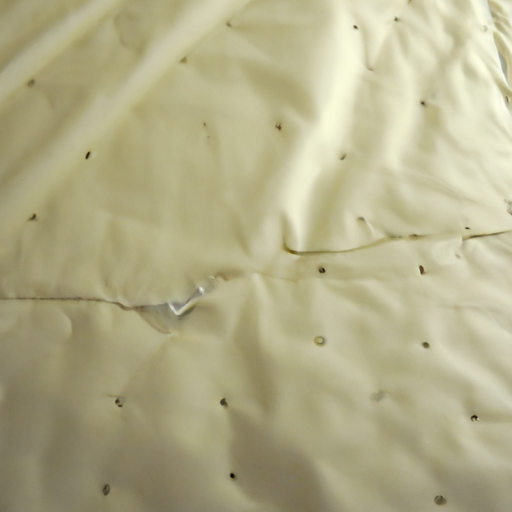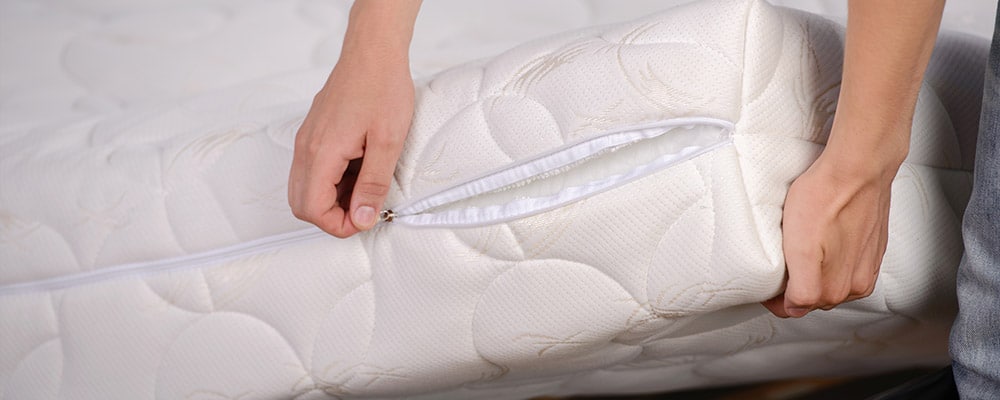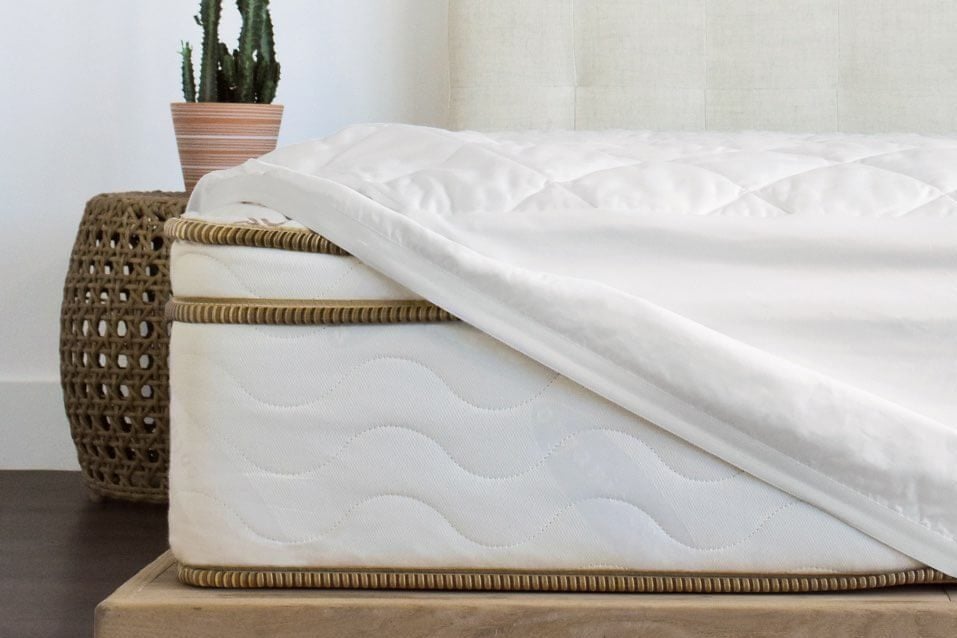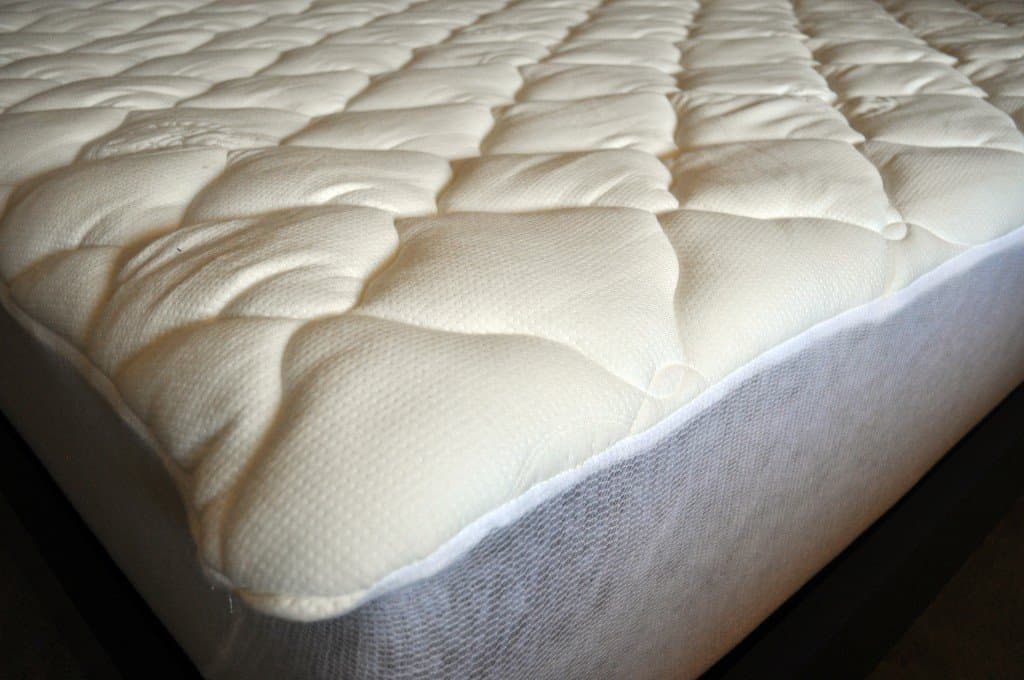Curiosity struck us when we pondered over the question: How do I know if my mattress protector is worn out? As we spent countless nights wrapped in the comforting embrace of our mattresses, we realized the importance of a protector to extend their lifespan. Join us as we embark on a journey to uncover the subtle signs that indicate it’s time to bid farewell to our trusted guardians and seek a new shield for our treasured sleep haven.
Review contents
Signs of a Worn Out Mattress Protector
When it comes to protecting our mattresses, a good mattress protector is essential. Not only does it keep our mattress free from spills, stains, and allergens, but it also prolongs the lifespan of the mattress itself. However, just like any other bedding accessory, mattress protectors can wear out over time. To ensure that our mattress protector is still doing its job effectively, it’s important to be aware of the signs of wear and tear. In this article, we will explore the various signs that indicate a worn-out mattress protector, helping us determine if it’s time for a replacement.
This image is property of beloitmattress.com.
1. Visible Signs of Damage
One of the most obvious signs of a worn-out mattress protector is visible damage to the fabric. Rips, tears, or holes in the fabric can compromise the overall protective function of the mattress protector. When we come across any of these signs, it’s a clear indication that the protector may need to be replaced. Additionally, if we notice pilling or balling of the fabric surface or visible thinning or wearing of the material, it’s a good sign that the protector has reached the end of its lifespan.
2. Stains and Discoloration
Stains and discoloration on a mattress protector can be unsightly, but they can also signal that it’s time for a replacement. Persistent or difficult-to-remove stains may indicate that the protector is no longer providing an effective barrier against spills and fluids. Likewise, noticeable discoloration of the fabric can suggest that the protector has absorbed substances that it was designed to repel. If our mattress protector is showing signs of staining or discoloration that won’t go away, it’s time to consider getting a new one.
3. Torn or Frayed Fabric
Another visible sign of a worn-out mattress protector is torn or frayed fabric. As the protector ages, the edges or corners may start to fray, and the fabric may even tear apart along the seams. These signs of wear and tear not only compromise the protective function of the mattress protector but also indicate that the overall integrity of the fabric has been compromised. If we notice any tears, frays, or fabric coming apart, it’s a clear indication that it’s time for a replacement.
4. Loose or Broken Elastic Bands
The elastic bands of a mattress protector play a crucial role in keeping it securely in place on the mattress. Over time, these elastic bands can start losing their elasticity, causing the protector to shift and slide around. If we find that our mattress protector no longer stays in place or if the elastic bands show visible signs of wear or breakage, it’s a good indicator that the protector has seen better days. When the elastic bands lose their functionality, it’s best to start considering a new protector.
This image is property of cdn.shopify.com.
5. Unpleasant Odor
An unpleasant odor emanating from our mattress protector can be a clear sign of wear and tear. Even after washing, if we notice a persistent, unpleasant smell, it may be an indication of mold or mildew growth. These unwelcome guests can not only cause an unpleasant odor but also pose a risk to our health. If our mattress protector consistently emits a foul odor, it’s time to bid farewell to the old and invest in a new protector for a fresh and hygienic sleeping environment.
6. Allergies and Skin Irritation
If we start experiencing increased allergies or respiratory issues, or if our skin reacts or becomes irritated after using the mattress protector, it may be an indication that the protector is no longer doing its job effectively. Over time, a worn-out protector may lose its ability to keep allergens and irritants at bay, leading to these unwanted reactions. Protecting ourselves from such allergies and skin irritation is crucial for a good night’s sleep. So if we notice these symptoms persisting, it’s time to consider replacing the mattress protector.
This image is property of www.familyhandyman.com.
7. Reduced Waterproofing
One of the primary functions of a mattress protector is to ensure that our mattress remains dry and free from liquid damage. Over time, the waterproofing capabilities of a protector can deteriorate, leading to water or other liquid not beading up on the surface as expected. If we notice that our mattress protector fails to repel liquids or if there are leaks or seepage through the protector, it’s a clear indication that the waterproofing functionality has diminished. At this point, it’s a good idea to replace the protector to maintain the integrity of our mattress.
8. Uneven Texture and Padding
A mattress protector that has served its purpose for a long time may start to show signs of uneven texture and loss of its original quilted or padded feel. The padding may flatten out or develop visible lumps, potentially compromising the overall comfort and support it provides. If we no longer feel the plushness or quilting that we once did, it’s likely an indication that the protector has experienced wear and tear. To maintain the comfort and enhanced sleeping experience that a good protector offers, it’s time to seek out a replacement that can provide sufficient padding and texture.
This image is property of sleepopolis.com.
9. Sagging or Uneven Fit
An important aspect of a mattress protector is its ability to fit snugly on the mattress, ensuring maximum protection against spills and allergens. However, over time, a worn-out mattress protector may start to sag or fit unevenly, leaving areas of the mattress exposed or vulnerable. If we notice that our protector no longer hugs the mattress tightly and there are visible gaps or sagging, it’s a clear indication that it’s time for a new one. Maintaining the optimal fit ensures that our mattress remains well-protected and continues to provide us with a comfortable sleep surface.
10. Deterioration of Noise Reduction
In addition to protecting the mattress, a good mattress protector can also minimize noise and crinkling sounds when moving around in bed. However, over time, a worn-out protector may experience a deterioration in its noise reduction functionality. If we notice an increase in noise or crinkling sounds when we move on the protector, it’s a sign that its noise reduction properties have diminished. If a quiet and undisturbed night’s sleep is important to us, it may be time to replace the protector with one that can provide the desired noise reduction benefits.
By being aware of these signs of wear and tear, we can easily determine if our mattress protector is in need of replacement. Regularly inspecting our protector for any visible signs of damage, stains, frayed fabric, or reduced functionality will ensure that our mattress remains protected and our sleep environment remains hygienic. So if any of these signs sound familiar, it’s time to bid farewell to the worn-out protector and invest in a new one that will continue to safeguard our mattress for years to come.
This image is property of sleep.brightspotcdn.com.

























